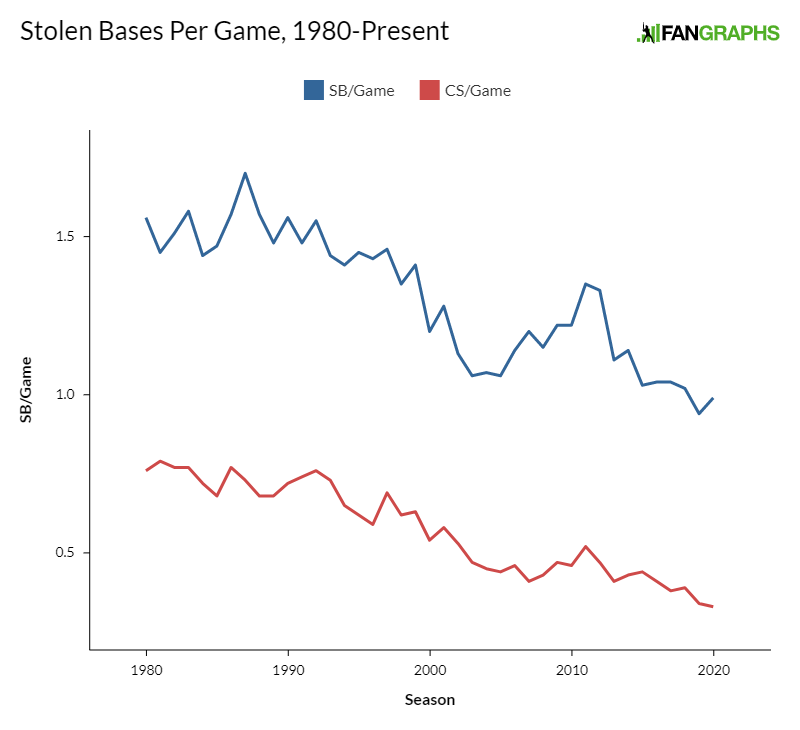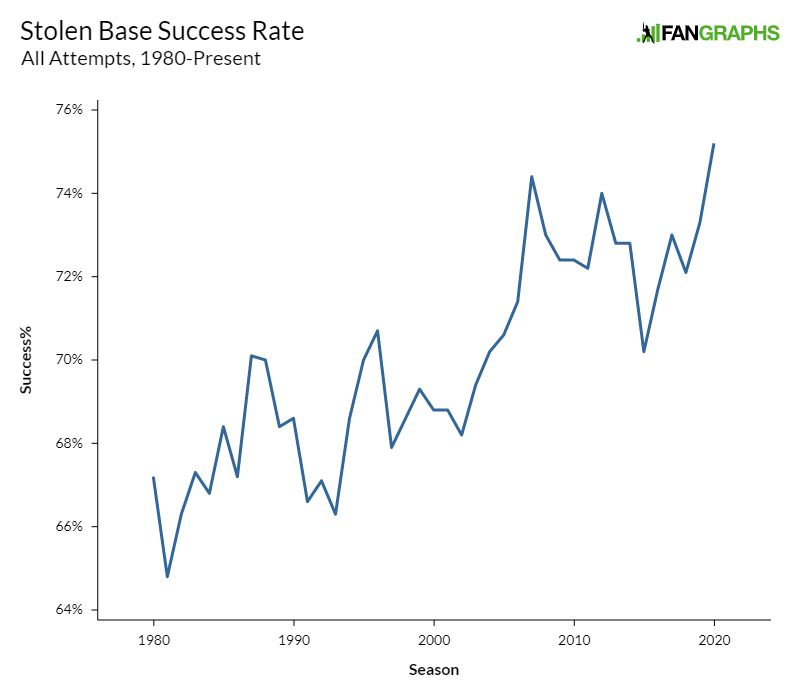What Is Now Left to Be Imagined
On Friday, the Marlins announced that Kim Ng would be assuming the role of general manager. It was a historic move for a number of reasons: She’s the first woman and first Asian-American to be hired as a GM in the major leagues, and is indeed the first woman in any major American men’s pro sport to hold that role. It was also a move that was long foretold, as many pointed out, linking to various blog posts and lists of years and decades past that included Ng’s name as one to watch in the world of high-ranking baseball executives. She’s been at least an assistant GM for as long as I’ve been alive. “When I got into this business,” her statement posted to the Marlins’ social media read, “it seemed unlikely that a woman would lead a major-league team, but I am dogged in the pursuit of my goals.”
It was a celebratory day for many women in baseball, a sign of how far they have come and how far they could still go, and a testament to Ng’s individual drive and ability, which, given her history, is undeniable. It was also a celebratory day for Asian-Americans in baseball. What once seemed unlikely, and before that unimaginable, is now real, tangible, and true — not only for Ng individually, not only for the other people who have blazed trails in this industry, and not only for all the historically underrepresented people she might inspire to pursue careers in the game, but also for literally everyone, apparently, in the entire sport. All those heavy-hitters and decision-makers who for the decades upon decades prior to this day were fine with maintaining the status quo — this moment was, somehow, their achievement to celebrate as well.
When you’re a kid, you can dream of being all kinds of ridiculous, incredible things. The first person to create a cat-to-human translation system. The first person to walk on Mars. A kajillionaire, a world-peace creator, an undersea explorer — all at the same time, all existing within the same realm of possibility. You get older, of course, and with your increasing ability to understand the world around you, to grasp what is expected of someone like you, the dreams get scaled and hedged accordingly. You absorb information and adjust your ideas of what is possible. Kajillionaire becomes maybe a full-time job and your debt paid off by the time you’re 50. World-peace creator becomes maybe you survive another year of being exploited by your racist boss. The moon becomes a tiny room in a shared house for $900 a month. It’s good, after all, to have goals that are actually possible to reach. That’s what you’re taught in career planning classes and therapy sessions: achievable, real, tangible. The bounds of the imagination shrink. Read the rest of this entry »



